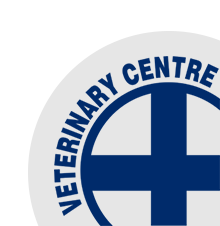Calf Milk Replacers - Milk based vs Whey based Products
/There are two main types of calf milk replacer (CMR) available on the market - milk based CMR and whey based CMR. What is the difference?
They differ on the component of the milk fraction on which they are based - i.e. casein vs whey based.
Casein Based CMR
Are digested like whole milk, forming a 'casein curd’ in the abomasum. Failure of a curd to form can lead to nutritional scours. Good curd formation = good quality CMR. Poor curd formation = poor quality CMR.
Whey Based CMR
Whey proteins are digested in the small intestine and do not form a curd in the abomasum. This aids in quicker digestion = more room for meal = GOOD!!! (quicker digestion encourages earlier
dry matter intake). It also lessens the chances of nutritional scours and abomasal bloat due to the lack of a curd formation.A whey based product will move through a calf in only 2-3 hours, compared to 5-8 hours for traditional curding (casein) products. Globally whey based milk replacers are commonly used and lead the market in the US and Europe.
Before deciding to use a milk replacer you should weigh up the advantages and disadvantages for your calf rearing system. Ease of handling with automated calf feeding systems, high milk prices, minimal waste milk and disease control are reasons why they may be favoured on some farms. Only high quality reputable products should be used otherwise health problems and poor growth rates may result. And remember consistency is key - always mix according to the manufacturer's directions!!!






